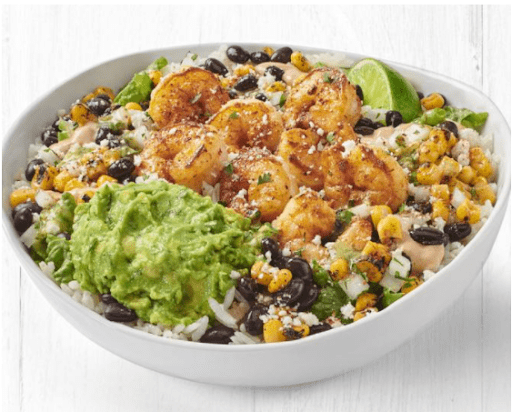Originally native to Africa, some 28 species of sorghum are now cultivated in a number of markets, including Australia and North America. While typically used as a grain and a sweetener – in the form of sorghum syrup or molasses – sorghum also is used in alcoholic beverages, animal fodder and biofuels, demonstrating the ingredient’s importance on a global basis.
One of the top five cereal grains globally, sorghum has been gaining in popularity as an ingredient in the salty snacks category over the past two years, mainly as a gluten-free grain alternative for popular snacks such as pretzels. It’s also a popular snack food in its own right as a popped product similar to popcorn.
A global perspective
India accounts for one quarter of global launches of products containing sorghum 2014-2016.
India, where sorghum is an established food source, accounts for one quarter of global launches of products containing sorghum between 2014 and 2016, according to Mintel Global New Products Database (GNPD). Sorghum is commonly used in foods ranging from baking ingredients, biscuits and cereals to hot beverages and bread products throughout the region.
In the US, just 10% of global sorghum-based food and drink products have been launched in the last three years, used primarily in snack/cereal/energy bars, bread, cereal and snacks. The grain’s use in China is quite broad, and, while China ranks third in global food and drink launches of sorghum-based snacks, such products are relatively uncommon, found particularly in dressings, biscuits, meat products, cereals and prepared meals.
Is sorghum the new quinoa?
As Mintel’s 2017 Global Food and Drink Trend “Power to the Plants” discusses, there is a growing preference for natural, simple and flexible diets, and manufacturers are releasing or promoting formulations that center on plants and the flavors, fortifications and functionalities they can add to food and drink products. The popularity of quinoa – and its ongoing status as an ancient supergrain – is demonstrated by its increased popularity across categories, from a side dish to a snack. Sorghum is poised to show a similar growth trajectory as a versatile, gluten-free grain with a long history.
In developed markets, there is room to expand the vocabulary of grains that can be used in place of wheat. Products such as millet, teff and emmer are slowly moving into a range of categories, while quinoa and chia are now well-established, gluten-free ingredients. Like quinoa, sorghum’s versatility (as an ingredient in snacks or as a snack food on its own in popped form), will give it room to grow in the category. What’s more, sorghum’s “heritage” will help it gain popularity as more consumers seek artisan, handmade, “clean” ingredients.
The extent to which manufacturers are positioning sorghum as an artisan product can be seen in the publicity surrounding the launch in the US of Quinn’s sorghum-based pretzels. According to the manufacturer, the sorghum used in the pretzels comes from a “fourth generation” farm in which was “one of the first to bring ancient whole grain sorghum flour to market.” Consumers are likely to be drawn to the product because of its gluten-free status, but also because of the backstory: a snack that provides gluten-free, GMO-free ingredients, with a clear path from farm to table.
What we think
- Sorghum is positioned to move into the snack category, providing another gluten-free, ancient grain alternative across a range of snack types.
- Already well-established in Asia, sorghum is not as well known in North America and Europe, where its primary role is as a sweetener or breakfast cereal.
- Since it can take on a number of forms, sorghum’s flexibility will help it grow the “alternative snack” category, offering a change from popped corn or wheat-based snacks.
Marcia Mogelonsky, Director of Insight, Food and Drink, has been with Mintel since 2000. Her expertise is centered on a number of areas in confectionery and snacks. Before joining Mintel, Marcia headed her own consulting company which focused on consumer behavior and product innovation in a wide range of industries.








































